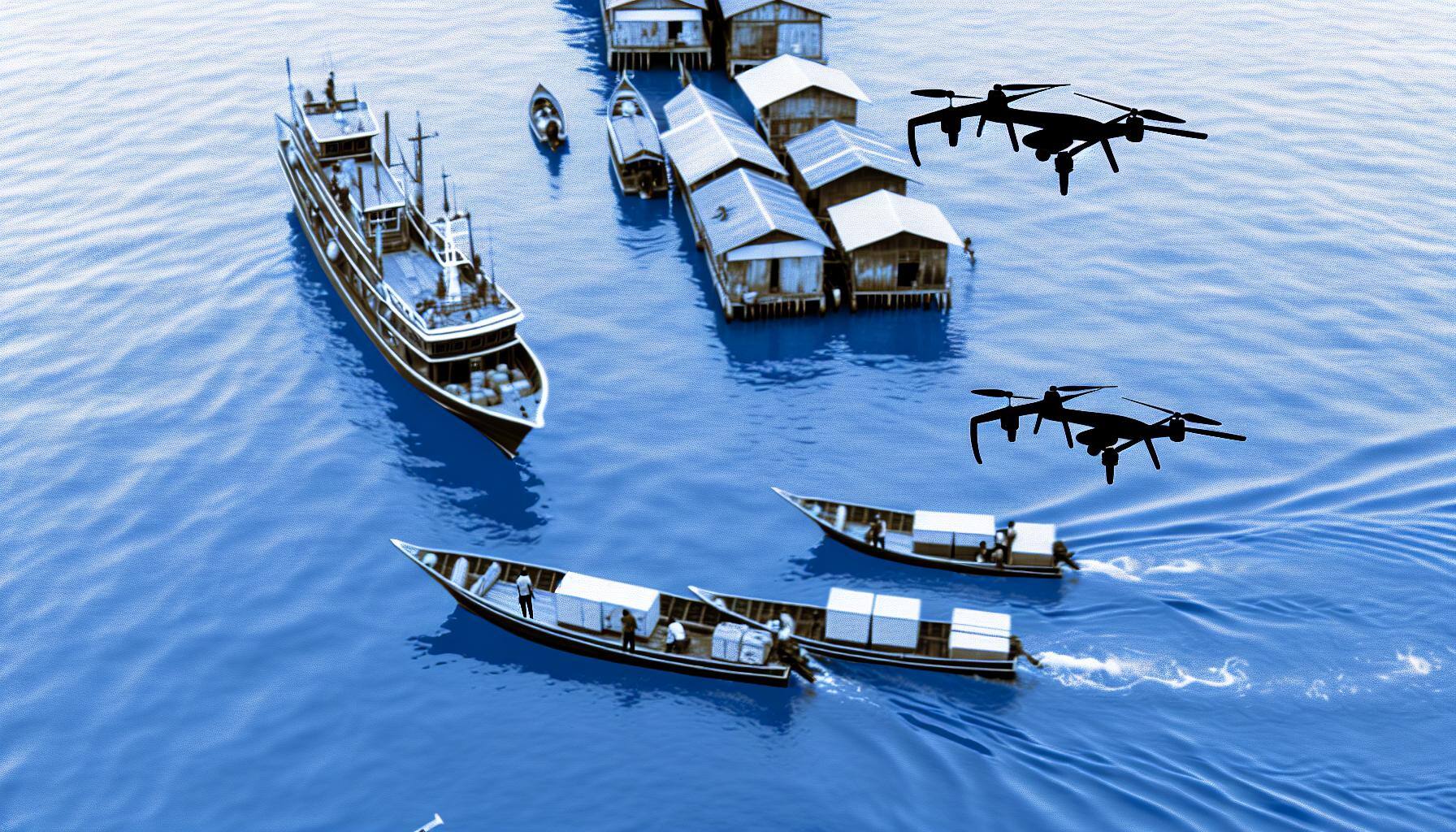In recent years, Latin American drug networks have increasingly adopted sophisticated methods to evade detection, including the use of unmanned vessels and chemical transformation of cocaine.
Frigate Captain Glehiston Hernández Gutiérrez, director of the International Center for Research and Analysis against Maritime Narcotrafficking (CIMCON), based in Cartagena, Colombia, provided insights into these emerging trends. CIMCON, a collaborative effort involving researchers and naval officers from various countries, recently updated its Catalog of Maritime Drug Trafficking Modalities, highlighting new tactics used by criminal organizations.
The 2024 update reflects a significant shift in trafficking methodologies, driven by advances in technology and tactics akin to fourth-generation warfare. Notably, the use of unmanned marine vehicles is on the rise, especially among Colombian and Mexican groups. These vehicles, capable of carrying small quantities of drugs, often go unnoticed as they operate alongside traditional vessels like fishing boats and speedboats. Despite their currently limited scope, the increasing range and capacity of these unmanned vehicles suggest they may become a more prevalent method for drug trafficking.
Another critical development is the innovative chemical transformation of cocaine to evade detection. Criminal organizations are converting cocaine into various forms, such as liquids or blending it with other substances like salt, oils, lubricants, and even fruit, to disguise the drug's chemical components. This transformation complicates detection, as current port security systems are not equipped to identify these altered substances. This method has led to the establishment of cocaine processing laboratories outside Latin America, including in Europe and Oceania, where the drug is reverted to its original form.
The landscape of maritime drug trafficking is also characterized by the fragmentation and collaboration of criminal groups. The market now includes a complex web of temporary alliances and compartmentalized operations, with local groups often collaborating with transnational organizations from Mexico, Colombia, Venezuela, Europe, and Asia. This fragmented structure, while involving many actors, reduces the risks for individual groups and spreads operational costs.
Interestingly, there is a trend towards less violent behavior among these groups, particularly noticeable in regions where violence could hinder business. European crime organizations, such as the Italian mafia, have long recognized the benefits of operating under the radar and avoiding conflict. This approach is increasingly being adopted by traditionally violent Mexican and Colombian cartels, who are seeking to maintain business continuity and minimize visibility.
In summary, the maritime drug trafficking landscape is evolving with the adoption of advanced technologies and innovative methods to circumvent law enforcement. The shift towards non-violent, cooperative criminal networks suggests a strategic adaptation to maintain control over the lucrative drug trade while minimizing operational risks. These developments pose new challenges for international security agencies tasked with combating drug trafficking, necessitating enhanced detection technologies and multinational cooperation.





